
Review on Intel E7500 Processor Socket LGA775 by Stanisaw Frank ᠌

I would definitely recommend the purchase, I don't think there is anything wrong with it.
Personal example: 4000 MHz for 4000. Or a per megahertz. What else is there to discuss in this context? Megastone!:) P.S. : The E8200 model has been phased out of production. Consider the E8400, which features the most recent stepping; don't pass it up! ;) Below are some advantages: Cheap. High performance (thanks to the huge cache and the quick bus). Both chilly and cost-effective (45 nm, after all). Excellent potential for overclocking! Got cons: However, the CPU itself is rather inexpensive. Due to the fact that its highest multiplier is 8x, in order to engage in serious overclocking, you will want a solid motherboard that is capable of carrying 500 or more on the bus as well as RAM that is at the PC8500 level. To keep the components in excellent working order at an FSB frequency of 500 MHz or greater, proper cooling is, of course, an absolute requirement. In the end, the E8400 is the superior option because, when overclocked to a frequency equivalent with a multiplier of 9x, the load on the rest of the components will be an order of magnitude less (although the multiplier can always be lowered if the goal is to overclock the system as much as possible on the bus).
New products
Comments (0)
Top products in 🧰 Computer Internal Components
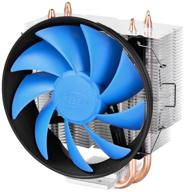
Deepcool GAMMAXX 300 CPU cooler, silver/black/blue

166 Review
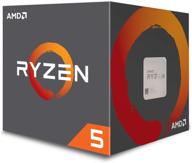
🔋 Power Up Your Gaming Rig with AMD Ryzen 5 2600 Processor with Wraith Stealth Cooler - YD2600BBAFBOX

116 Review

Unleash High-Performance with AMD Ryzen 5 3600XT Processor & Wraith Spire Cooler

223 Review
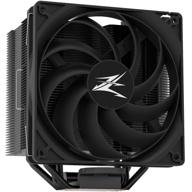
Zalman Performa Performance Powerful Included

172 Review
Another interesting products
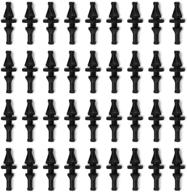
36-Pack Black Rubber PC CPU/Case Fan Screws/Rivets Set for Computer

11 Review
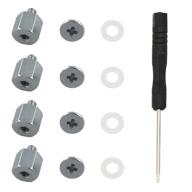
M.2 Screw Kit: Easy Mounting for NVMe SSDs on ASUS Motherboards

19 Review
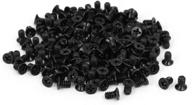
uxcell 3.5" HDD Screw Black 200pcs for Computer PC Case - Flat Phillips Head - 6#-32 - Hard Drive Fasteners

10 Review
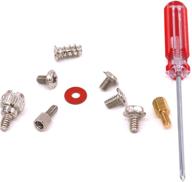
Glarks 660 Pieces Phillips Assortment Motherboard

10 Review

